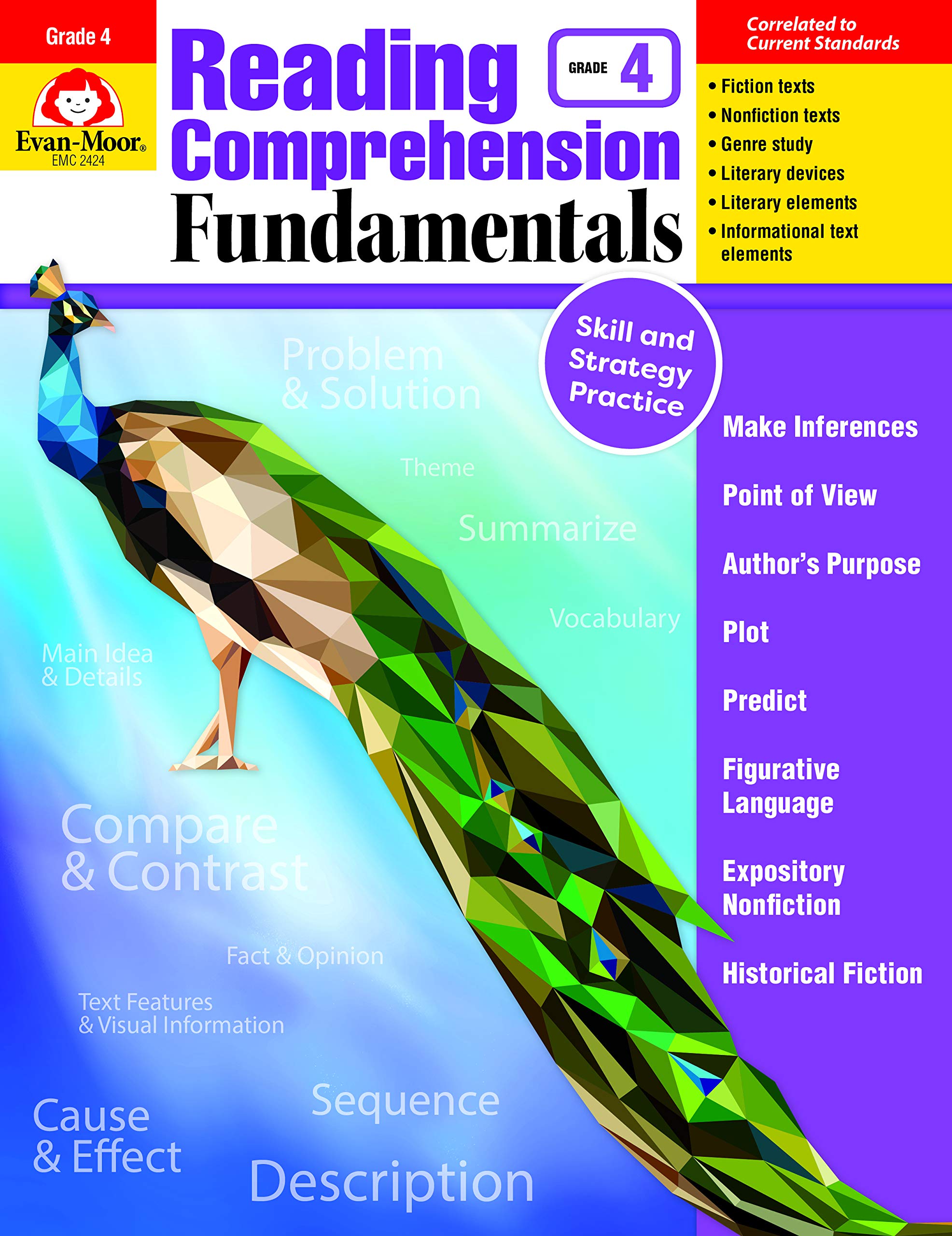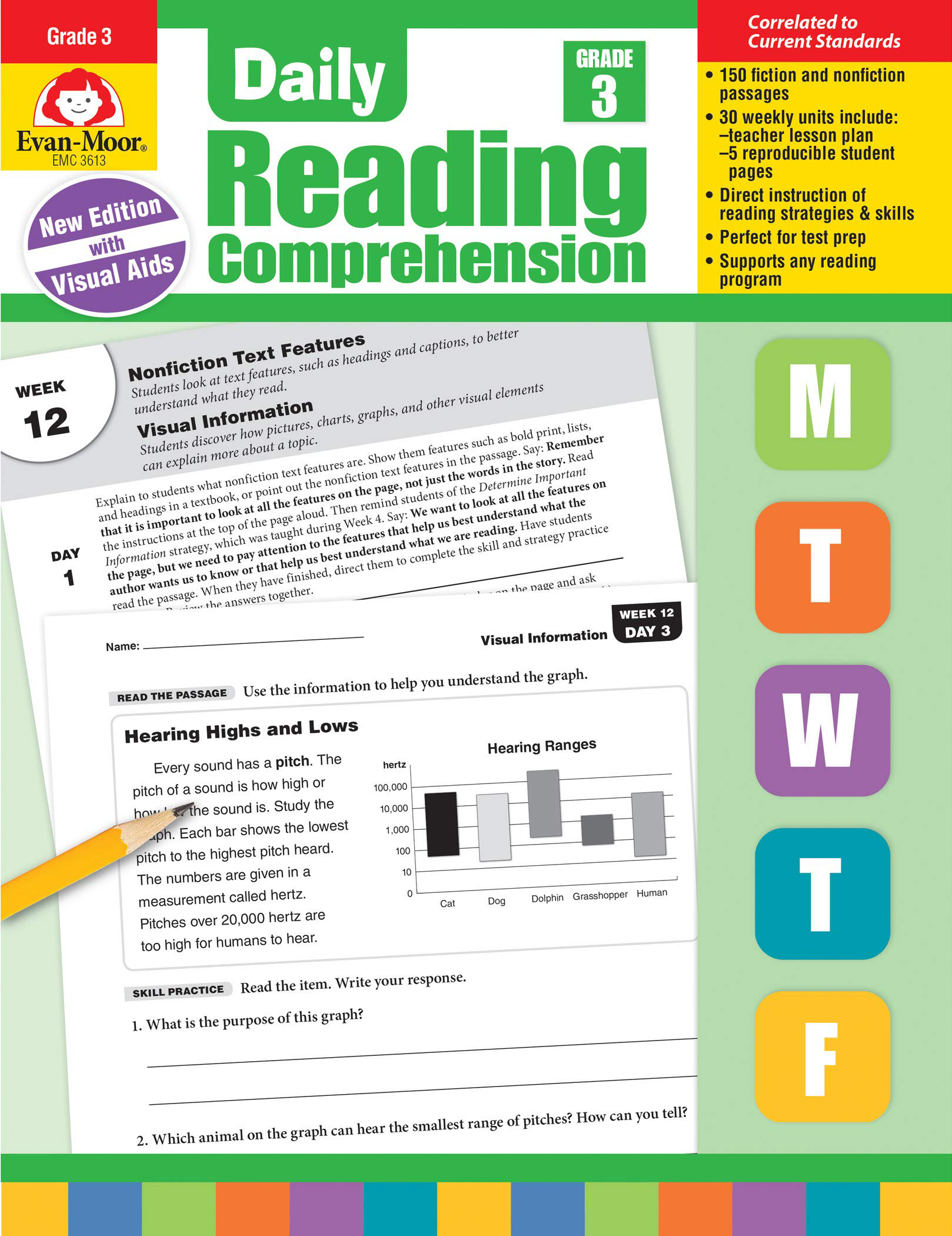Reading nonfiction makes up the majority of the reading curriculum, from kindergarten all the way through high school. Students’ classes outside of English, such as science, history, or math, use primarily nonfiction texts to teach content, making nonfiction reading an essential skill. Recently, education standards have put a greater emphasis on nonfiction reading, but teaching it can be difficult, especially in the younger grades. Here are some tips and resources to help you teach nonfiction reading comprehension strategies successfully.
Why Is Nonfiction Reading Important?
Being able to successfully read and comprehend nonfiction text becomes increasingly important as children advance to higher grade levels. They’ll find that through high school and college, the majority of their daily reading is nonfiction, and being able to analyze and understand it will be a key factor in their success.
Taps Children’s Interest: Nonfiction will also appeal to students who are interested in areas other than English, and will improve their overall reading skills. Students who don’t enjoy reading fiction will find that nonfiction appeals to their interests, and thus will be more motivated to read daily because they’ve found a topic they enjoy reading about.
Builds Knowledge: Reading nonfiction builds social and global knowledge at an early age and connects children of different nationalities because it enables them to learn about each other’s homes and cultures.
Academic Vocabulary: Important vocabulary that children will use in their writing and speech often comes from reading nonfiction. While fiction provides casual vocabulary and speech patterns, nonfiction usually provides more elevated and formal language.
Strategies to Improve Kids’ Nonfiction Reading Comprehension
- Text Structure: Start by teaching children the characteristics of nonfiction text, such as text structure. This means students will be able to recognize nonfiction text based on characteristics such as headings, maps or charts, indexes, etc. Learning this distinction will help increase overall reading comprehension.
- Determine Importance: Main Idea vs. Interesting Details: With all reading, determining the main idea of a text and its supporting details will help children fully comprehend the text. Use headings and charts to help determine what the most important details of the text are. Often, a good question for a child to answer is:
“Why did the author write this?” or
“What was his or her purpose?” - Ask Questions: As students read, have them write down questions they may have. This will develop their overall comprehension of the reading and enhance their understanding of the content.
- Use Visual Notetaking to Organize Information: Obtain hard copies of the text that students can highlight, underline, and take notes on. Being able to separate and organize information as they read will help with their comprehension and keep longer texts manageable. This is also useful for finding main ideas.
- Summing It All Up: Either by section, paragraph, or chapter, have students write a short summary about what that section was about. This will help them find main ideas and important details and quickly review key aspects of the text.
- 3-2-1 Strategy: As a class or individually, after reading the text, have students write down 3 things they discovered, 2 interesting things, and 1 question about the topic. This will increase their understanding of the topic, improve comprehension, and maintain interest.
Reading Comprehension Resources from Evan-Moor

Reading Comprehension Fundamentals
Grades 1 - 6+
A focused approach helps students improve their reading comprehension. Reading Comprehension Fundamentals provides rigorous practice of reading skills and strategies. The comprehensive units guide students to develop deep understanding of each skill and strategy and increase their reading competencies.

Daily Reading Comprehension
Grades 1 - 6+
Daily Reading Comprehension has been a classroom favorite for providing daily instruction of reading strategies and comprehension skills that students need to become strong and successful readers. In the 30 weeks of daily practice activities, students are asked to apply reading skills and strategies to 150 fiction and nonfiction passages.


Why Reading Nonfiction Is Important and How to Teach It – Free Reading Comprehension Lessons